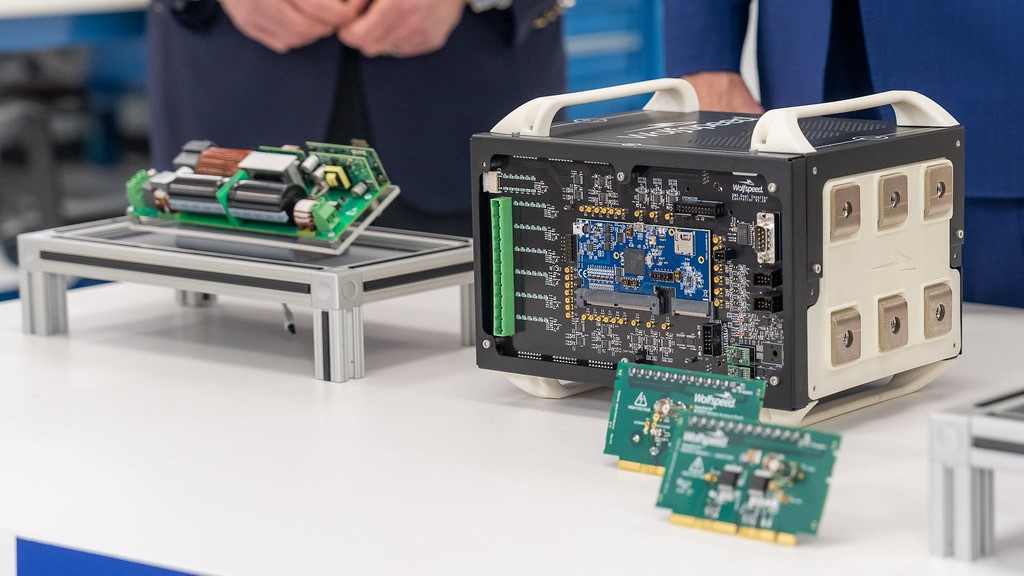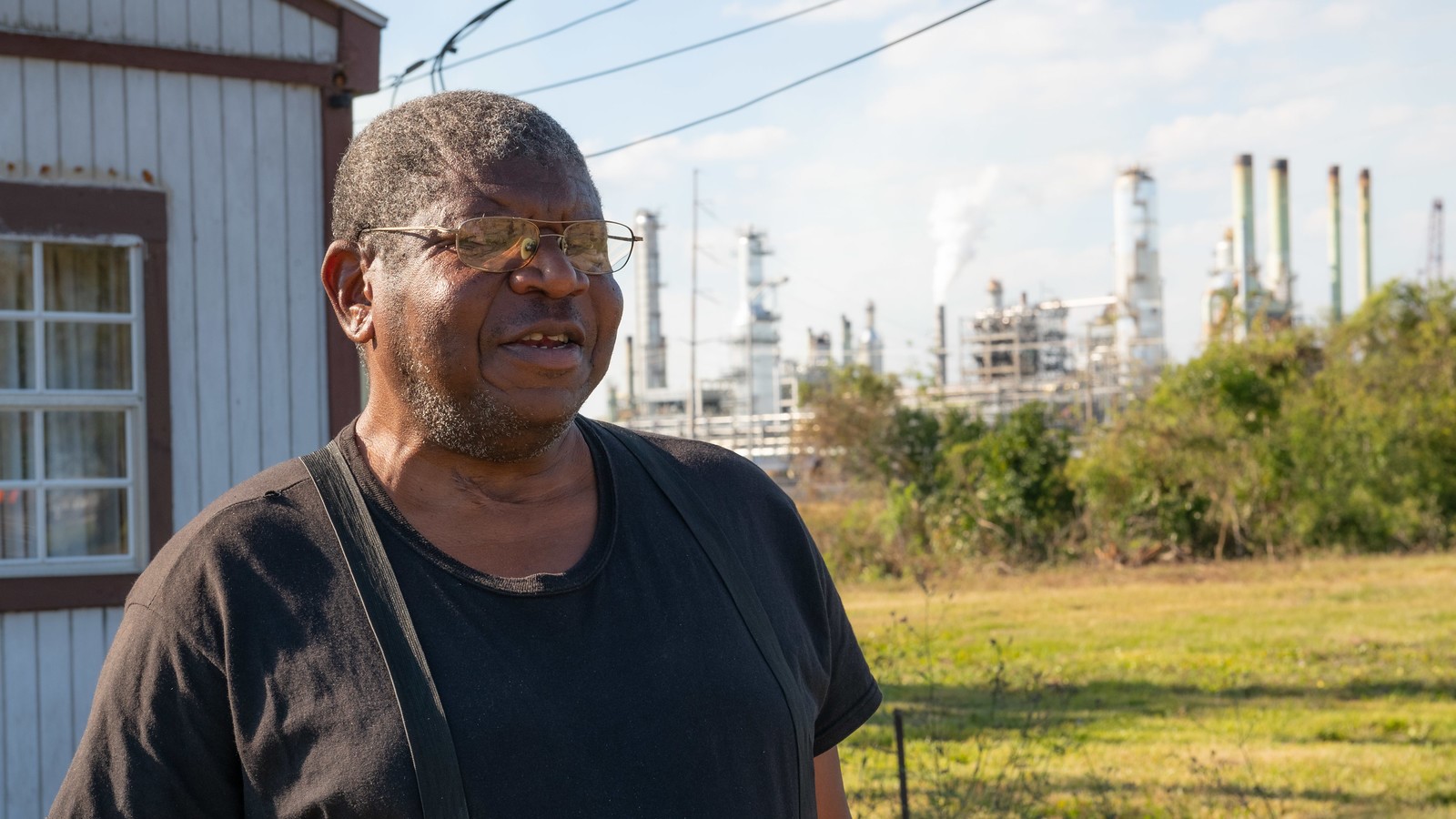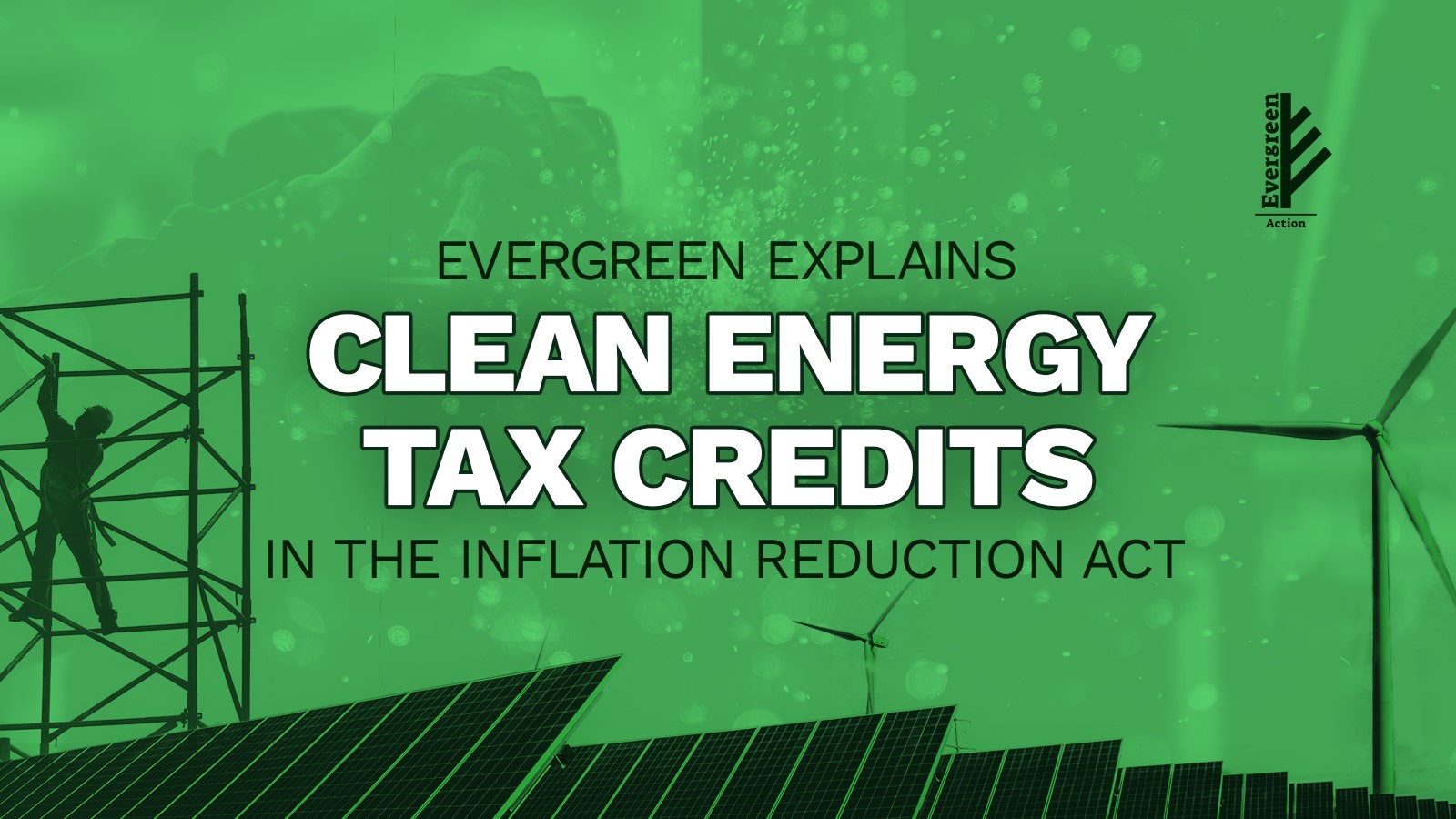Editor's Note
Federal investments are bringing billions of dollars into clean energy industries, creating good-paying jobs, lowering energy costs, and cutting pollution. But right now, those programs are under threat from both the Trump administration and Republicans in Congress. Our work isn’t done. In order to assist federal agencies, states, local communities, Tribal governments, businesses, and other partners to take full advantage of this funding, Evergreen has put together a collection of resources to help defend and implement key programs in the Inflation Reduction Act (IRA).
The Qualifying Advanced Energy Project Credit (also known as the 48C credit), is a $10 billion tax credit within the Inflation Reduction Act (IRA) that is transforming American industry by investing in decarbonization and building out a thriving and equitable clean energy economy.
Earlier this year, the U.S. Department of Energy (DOE) awarded $4 billion in the first round of the 48C tax credits to over 100 projects across 35 states. Tax credits as high as 30 percent were awarded across three distinct types of projects: clean energy manufacturing, critical mineral recycling, and industrial decarbonization projects.
Now, there’s $6 billion left up for grabs, and manufacturers that missed out on the first round of the 48C tax credit have another bite at the apple. DOE opened a second round of 48C applications on May 22, 2024, where interested manufacturers will first need to file a concept paper, or an initial, big-picture project proposal. Then, applicants who submit successful concept papers will be invited to file an official application.





